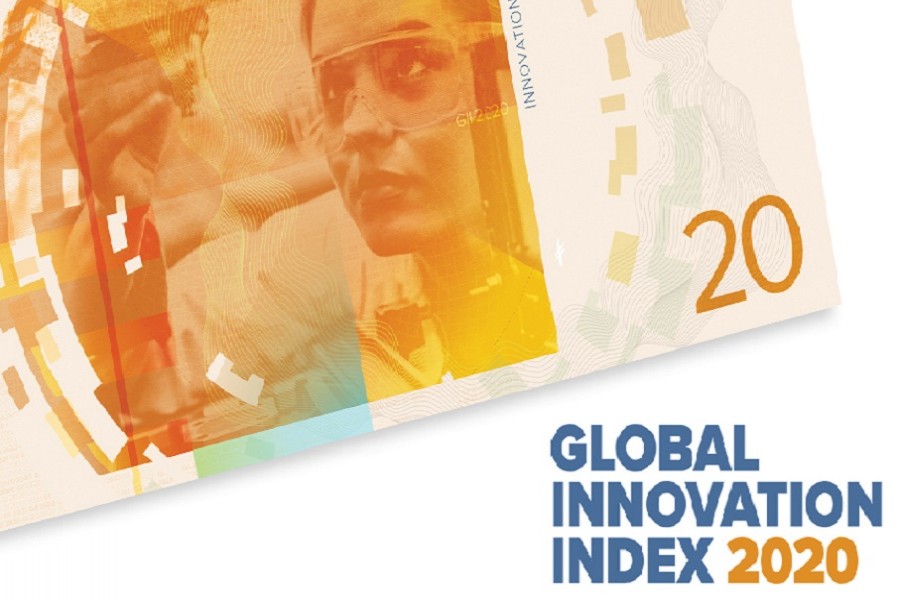That Bangladesh languishes in 116 position out of 131 countries in the Global Innovation Index (GII), 2020 is depressing, only more so to know that the ranking has remained the same for three years in a row. Since 2010, the government has taken an initiative to develop infrastructure in the innovation and information and technology (IT) sector. In the ranking its reflection is discernible in the area of infrastructure. On this count, the country's score is the highest at 92nd globally. But this is small consolation when overall it lags behind its Asian neighbours, some of which though fall way short of Bangladesh in human development index (HDI) and GDP (gross domestic product) growth. That India tops the South Asian nations at 48th position is not surprising but it is difficult to reconcile with the idea that Nepal and Pakistan have better rankings at 95th and 107th respectively than Bangladesh.
Something seems to have gone missing. When sub-indices such as fuel consumption, capital formation and the government's online service compared to the GDP have been found appreciable, wallowing at the bottom echelon of innovative nation is likely to give some misgivings. Notwithstanding the nation's weakness in utilising scientific and technological knowledge, conducting laboratory research and lack of publication of articles on scientific study and research along with application of IT in developing trade and commerce, there is no doubt that the country has made significant progress. If barely literate farmers at the grassroots level can take advantage of apps ---which they really do now ---to take care of their soil and crops, the development must be hailed as a success of no small measure. Farmers and small traders have become used to monitoring demands and prices of their produces and commodities so that they are no longer cheated by middlemen.
Behind the poor ranking what has acted as a decisive factor seems to be a lack of interest in copyright registration. The young generation has been inventive enough and competing successfully at the highest level of international competitions. Even high school or college students, dropouts included, have to their credit startling inventions in mechanical and agricultural sectors. Many of them have been awarded at the national level but not all of them were advised or guided to apply for patents and copyrights. In fact, defending intellectual property rights and copyrights are integral to encouraging innovation because such exercises not only act as an incentive but also ensure due share of benefits in industrial and commercial application.
It is difficult to agree with the observation that the country lacks human resources. There is no dearth of talents. Where the greatest lacking lies is in institutional talent hunt and support for making the most of the inventive minds. Only the other day, a team of five college girls from Bangladesh clinched the championship in a Hong-Kong-based global start-up competition, beating teams from highly rated universities like the Oxford University, the University of Warwick and the University of Pennsylvania. There is a great need for bringing such isolated efforts by individuals and teams under an institutional umbrella. The next big step is to ensure allocation of adequate fund for study and research. To this end, collaboration between industries/businesses and institutions/universities is a sine qua non.


